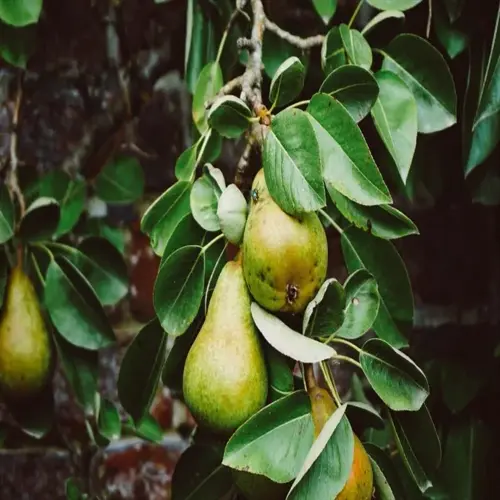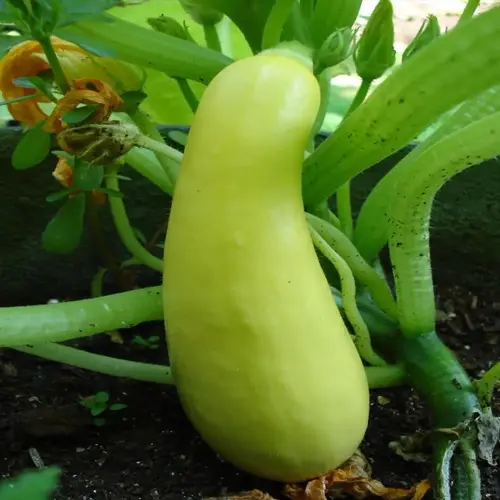What are signs of unhealthy bulbs before planting?

Written by
Kiana Okafor
Reviewed by
Prof. Charles Hartman, Ph.D.Preventing disappointments right from the start by identifying unhealthy preceding conditions. Unhealthy bulbs will give you clear signals through soft spots or bad odors. Careful inspection will help assure only viable bulbs are placed in your soil. Dispose of bulbs with problems as soon as possible to deter the spread of diseases to healthy bulbs.
Conduct a thorough inspection using all your senses. Feel bulbs for firmness and weight. Smell for sour or fermented scents. Look for mold or discoloration. Healthy bulbs should feel solid like onions and smell earthy. I have saved plenty of bulbs because I found early mold using this method.
Visual Checks
- Examine for cracks or bruises on bulb surface
- Look for blue/green mold patches indicating penicillium
- Identify shriveled skin signaling dehydration
- Spot dark spots suggesting virus infection
- Check for insect entry holes
Tactile Tests
- Gently squeeze to test firmness
- Compare weight against similar-sized healthy bulbs
- Rub surface to detect slimy residue
- Peel outer layer to check inner scales
- Listen for hollow sound when tapped
Learn the reasons why a bulb can degenerate. Poor storage causes a loss of moisture, while high humidity may encourage mold development. Ethylene gas buildup due to nearby fruit stimulates bulbs to sprout too early. I once lost an entire batch because I was too close to ripening bananas in the garage.
Don't hesitate to rescue borderline bulbs using the proper techniques. If a dehydrated bulb looks very shriveled, soak your bulb(s) overnight in lukewarm water. A bulb with slight mold can be dipped in fungicide. Treated bulbs should be kept isolated for two weeks after planting as a recovery period, allowing you to monitor their progress.
Read the full article: When to Plant Bulbs for Spring Blooms

